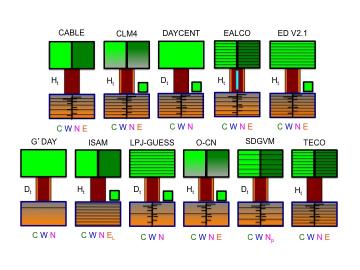
Filter News
Area of Research
- (-) Clean Energy (41)
- (-) Nuclear Science and Technology (6)
- Advanced Manufacturing (4)
- Biological Systems (2)
- Biology and Environment (7)
- Climate and Environmental Systems (1)
- Data (1)
- Fossil Energy (1)
- Isotope Development and Production (1)
- Materials (21)
- Neutron Science (17)
- Sensors and Controls (1)
- Supercomputing (17)
- Transportation Systems (1)
Media Contacts
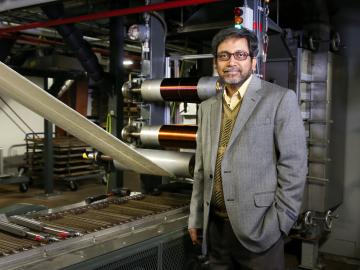
Finding new energy uses for underrated materials is a recurring theme across Amit Naskar’s research portfolio. Since joining Oak Ridge National Laboratory in 2006, he has studied low-cost polymers as carbon fiber precursors, turning lignin−a byproduct of biofuel production−into renewable thermoplastics and creating carbon battery electrodes from recycled tires.
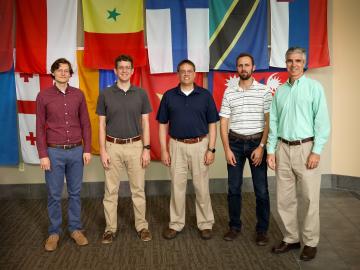

A new manufacturing method created by Oak Ridge National Laboratory and Rice University combines 3D printing with traditional casting to produce damage-tolerant components composed of multiple materials. Composite components made by pouring an aluminum alloy over a printed steel lattice showed an order of magnitude greater damage tolerance than aluminum alone.
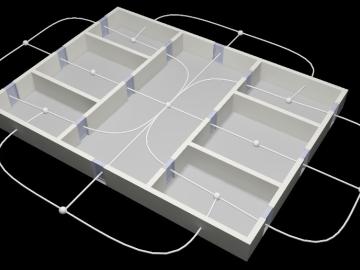
A new tool developed at Oak Ridge National Laboratory can help homeowners and builders calculate energy loss when air leaks through a building’s envelope, the physical barrier separating the interior and exterior. Starting with specific building metrics, the calculator analyzes multiz...
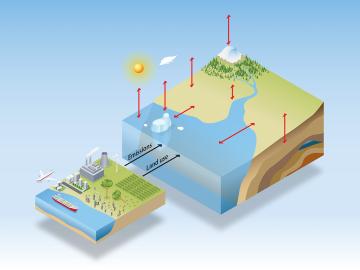
A new integrated computational model reduces uncertainty in climate predictions by bridging Earth systems with energy and economic models and large-scale human impact data. Co-developed by Oak Ridge National Laboratory, the novel integrated Earth system model, or iESM, leverages the power of supercomputers, including ORNL’s Titan, to couple biospheric feedbacks from oceans, atmosphere and land with human activity, such as fossil fuel emissions, agriculture and land use.
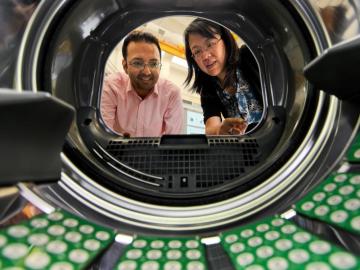
Xin Sun spent her early career helping define a new scientific field, and now she plans to use her technical and managerial experience to expand the capabilities of Oak Ridge National Laboratory’s (ORNL) Energy and Transportation Science Division (ETSD) as she steps in as division director. Xin t...

A team led by the Department of Energy’s Oak Ridge National Laboratory has identified a novel microbial process that can break down toxic methylmercury in the environment, a fundamental scientific discovery that could potentially reduce mercury toxicity levels and sup...

While serving in Kandahar, Afghanistan, U.S. Navy construction mechanic Matthew Sallas may not have imagined where his experience would take him next. But researchers at Oak Ridge National Laboratory certainly had the future in mind as they were creating programs to train men and wome...
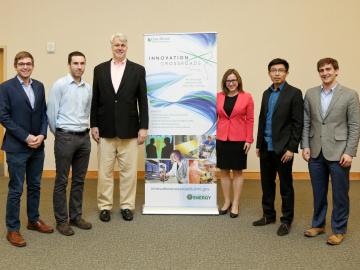
Oak Ridge National Laboratory today welcomed the first cohort of innovators to join Innovation Crossroads, the Southeast region's first entrepreneurial research and development program based at a U.S. Department of Energy national laboratory. Innovation Crossroads, ...
